While companies and customers alike are striving to become increasingly more aware of what to look out for when looking for a reputable CBD brand, for those relatively new to the CBD market, these metrics can often be hard to find and even harder to understand. Even after you come across a well-reviewed product, how do you know what to make of the numbers and percentages on its packaging and labels?
The good news is that all third-party lab-tested CBD products will have a Certificate of Analysis (COA) that provides all of the required information about what exactly goes into the manufacturing and sourcing of the product. That said, breaking down the COA into a digestible source of information can, at first, be a little bit complex.
In this article, we’re breaking down all the COA nitty-gritty to give you peace of mind and make your CBD journey a bit easier.
What is a COA?
In its purest form, a Certificate of Analysis is a document from an accredited, third-party research laboratory that provides the number of specific cannabinoids in a CBD product. In addition to its cannabinoid profile, a COA will usually include terpene profiles and the product’s THC percentage (which should always be under .3% in a CBD product.)
Essentially, the COA is there to help you as a consumer by ensuring the product being sold has been tested and authenticated to ensure that the label is factual.
Is a COA Required?
While the laws regulating CBD are relatively new and vary from state to state, all reputable CBD companies will provide a CBD COA to substantiate the claims about their products. Quite often, though, manufacturers will use the same COA across multiple batches, and even though numerous products can come from the same batch, this doesn’t ensure that the cannabinoid profiles remain identical across the board. At Tree of Life Seeds, we make sure that each of our products has a COA that is individually assigned and exact so you know exactly what you’re getting.
While some states have passed laws that require CBD products to place QR codes on the label that link directly to the COA, many states have not yet reached this level of diligence. This can lead to issues down the line when a customer is in search of a specific product’s COA, which inevitably proves challenging to find. A reputable CBD brand will take the guesswork right out of the customer experience by having the information readily available via their website or, in our case, via email.
- Having trouble getting a COA? All of this being said, if a company does not make its COA readily available, that is an immediate red flag. Unfortunately, this is usually a telltale sign that the CBD is not worth your money.
How Often Should a Company Update a COA?
For a reputable CBD company, the COA should be updated with every batch. Like any plant, not all hemp is created or cultivated equally, which makes it crucial to ensure that every new CBD batch maintains the same quality and standard that the company advertises. If a COA is outdated and the lot number doesn’t match the number indicated on the package, this can be a cause for concern that the company isn’t up to date with testing their CBD products.
How to Read a CBD COA
Reading a COA is no easy feat – after all, it’s full of facts and figures that even the most seasoned CBD customers might be seeing for the first time. Let’s break down the basics:
- Cannabinoid Profile
In the first section of a COA, you’ll find the cannabinoid profile, which states the types of cannabinoids in the product and their concentration. As noted previously, CBD products should only detect THC in under .3% quantities, or, if a CBD oil is broad-spectrum as it is at Tree of Life Seeds, completely 0%.
- Heavy Metal Analysis
Another section of the report you should expect to see is a test for metals in the product. You’ll want to compare the amount present to the Use Limits to ensure that they all fall under the safety limit.
- Pesticide Analysis
As the name implies, this section denotes any commonly-used pesticides that are detected in the CBD: the maximum amount allowed may vary state by state, but you’ll want to ensure that the presence of each pesticide remains lower than the legal limit.
When it comes to reputable CBD brands, a Certificate of Analysis should by no means be hard to find: at Tree of Life Seeds, we make sure to make it readily available with each product batch. We pride ourselves on making sure to provide you with vital information to ensure that the products you’re buying are both safe and effective.

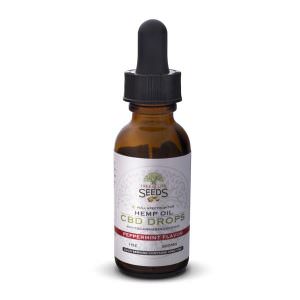
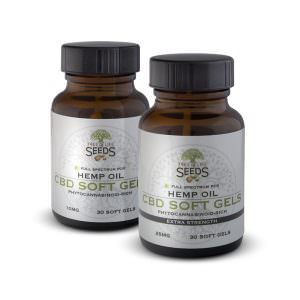
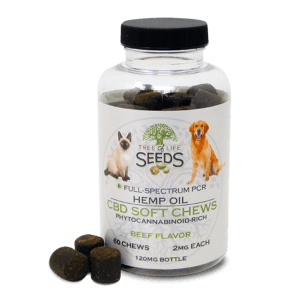
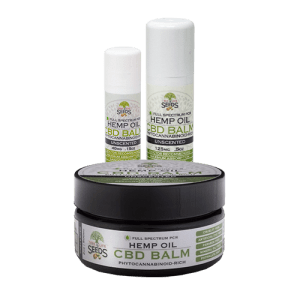


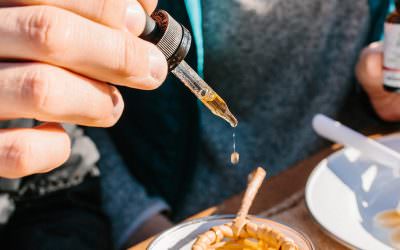
0 Comments